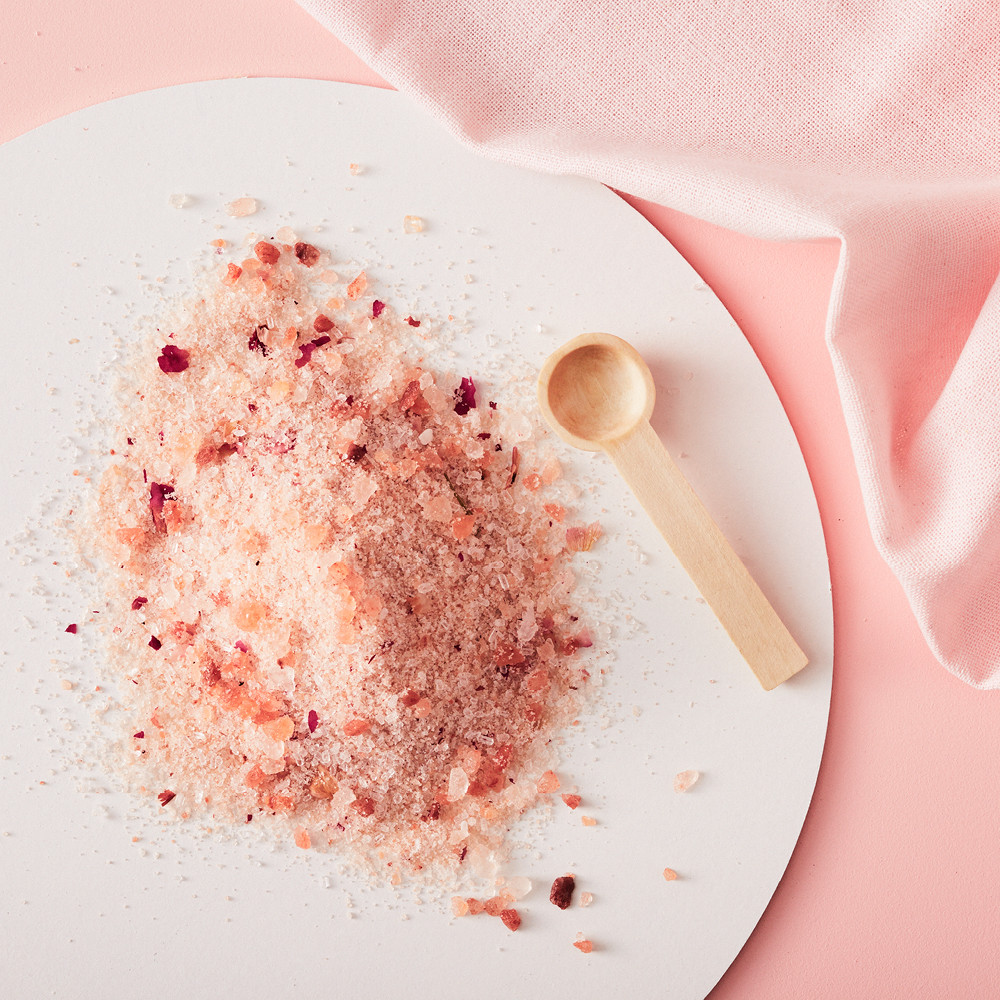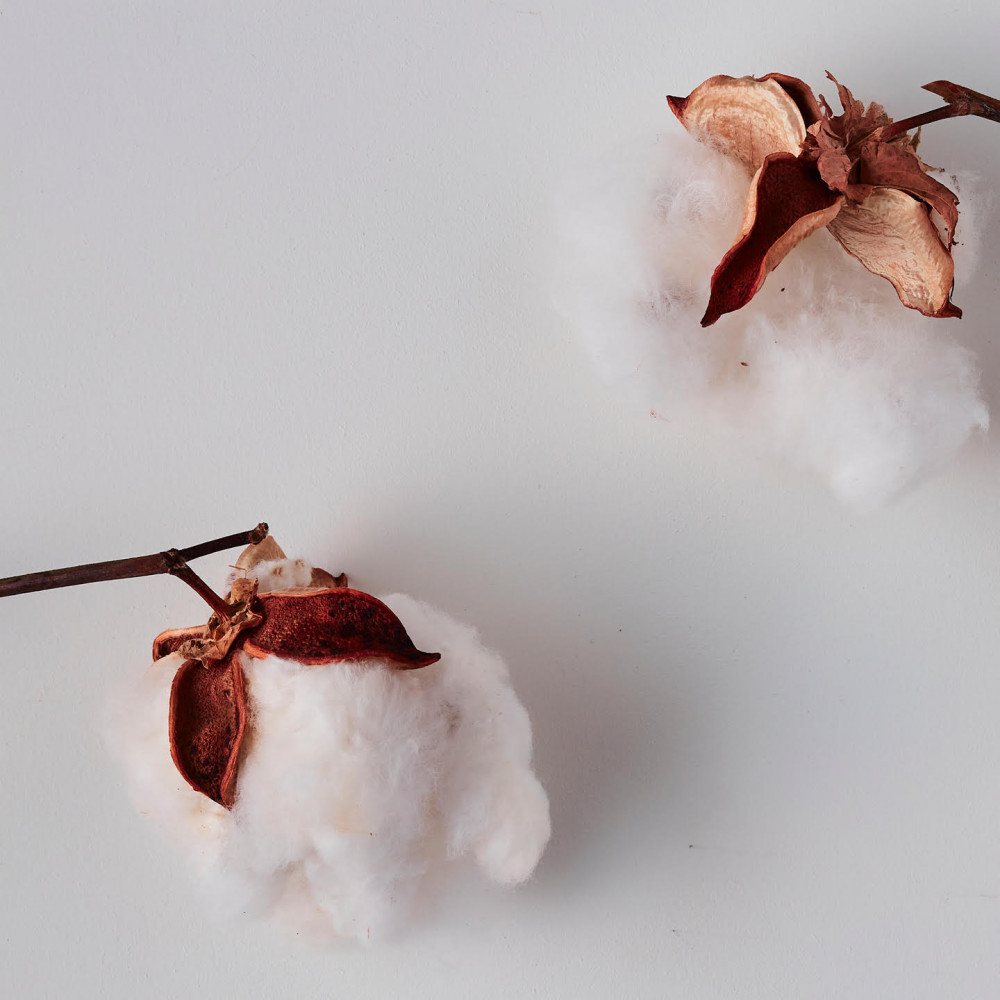Okay, now let’s just keep on saying it so that we can get over it. Discharge. Dischaaarge. Dis-charge. Are we there yet? Cool. ‘Cos all us folk with vaginas get it, so it’s pretty important we can at least utter its name.
So discharge is pretty much an all-encompassing name we give to, well, stuff that comes out of vaginas. There’s cervical discharge, which keeps things clean and those dead cells moving right along, and discharge that occurs when you’re feeling hot and heavy (aka, arousal fluid. That’s right. Arousal fluid. So. Hot.)
Your discharge can be a bloody good indicator about your internal state of affairs, so don’t ignore it. Instead, let’s put it in the aisle of words-that-make-us-cringe-but-get-over-it. Alongside moist. And panties. Gah.
Um, can we go back to arousal fluid?
Arousal fluid is preparation for sex. Kind of like nature’s lube, it helps with penetration and movement. Levels of oestrogen during your cycle and some medication (including hormonal birth control) can impact your production of arousal fluid.
There is a MASSIVE caveat here. Just because arousal fluid may be present, it does not mean you’re ready to roll. You might have just read a particularly lusty novel or seen something erotic. Sexual arousal involves a psychological response, as well. You need to want to have sex in order to be ready for sex – just being “wet” does not equate to being ready for sex. Okay. Roger that?
Discharge in all its many-formed glory
Your discharge will change depending where you are during your menstrual cycle. You’ll notice it amps up around ovulation and can become a tad runnier. Essentially it changes in a bid to make everything a little bit more hospitable in the presence of sperm, and to help the sperm on its journey to the egg. But after ovulation, cervical fluid acts like a boom gate and stops sperm in its tracks – that’s why your discharge might be less runny and more dense.
The colour of your discharge should be in the spectrum of clear to milky to white (and pink/red/dark brown if your period is nigh).
Run-of-the-mill discharge is clear to white and turns yellow-ish when it’s dried. It should either have no smell, or a very slight smell that’s only really noticeable when you get up close and personal. It can be sticky and have an egg-white like texture, too, depending on where you’re at in your cycle.
When is discharge not helping my vagina’s cause?
We’re going to go all bullet point-y on you here, because there are a few different scenarios, and they’re all good to know. And we like bullet points.
Keep an eye out for these colours and consistencies of discharge:
- Darker yellow, yellow with a tinge of green or green discharge is usually a sign that there’s an infection or STI (sexually transmitted infection) lurking. If it’s lumpy, thick and smells bad, see your doc.
- Also, grey discharge is another potential alarm bell and can be indicative of a bacterial infection called bacterial vaginosis (BV). BV usually has other bedfellows, aside from grey discharge. Look out for itching, a strong smell, redness around your vaginal opening and irritation. Definitely see your doctor if you notice grey discharge.
- Cottage cheese style discharge. Visual, eh? Yeast infections can cause this odour-free, white and clumpy discharge. This is usually accompanied by burning while weeing, itching and a swollen vulva (the outer bits of your genitalia). Yeast infections are pretty common and can be caused by antibiotics, pregnancy, an immune-compromised system, (uncontrolled) diabetes and hormone therapy.
Discharge. It happens. And it knows what it’s friggin’ doing.





